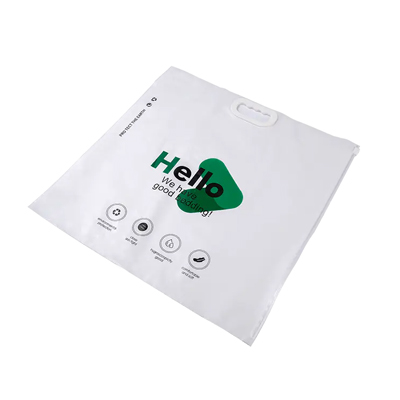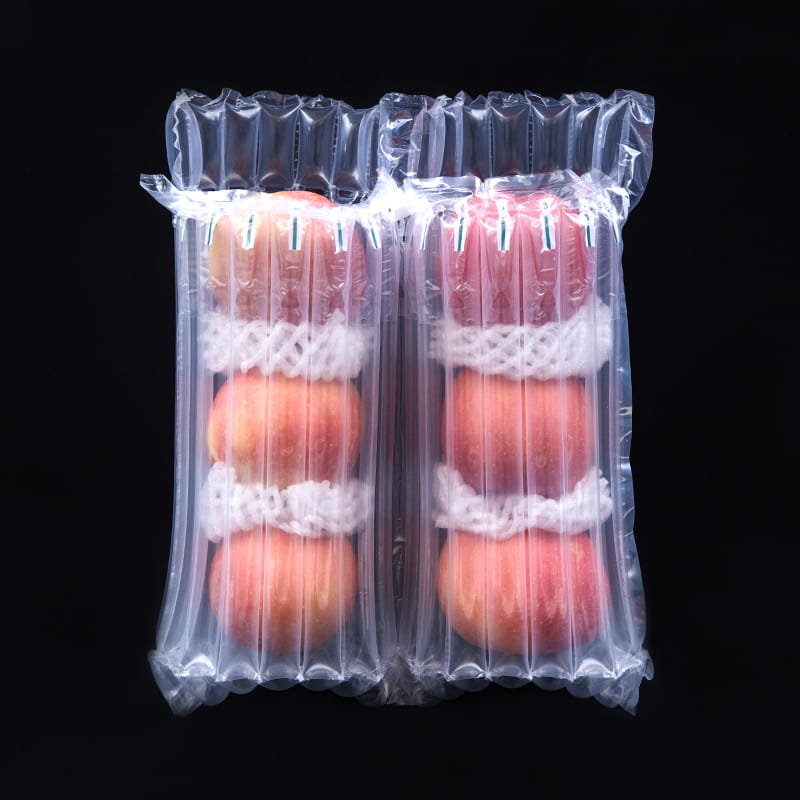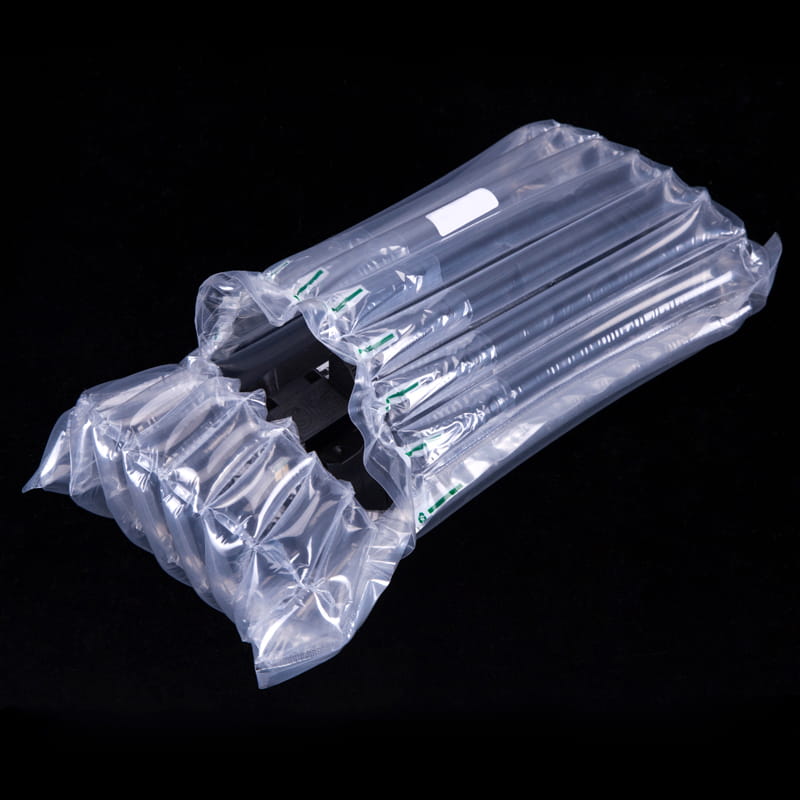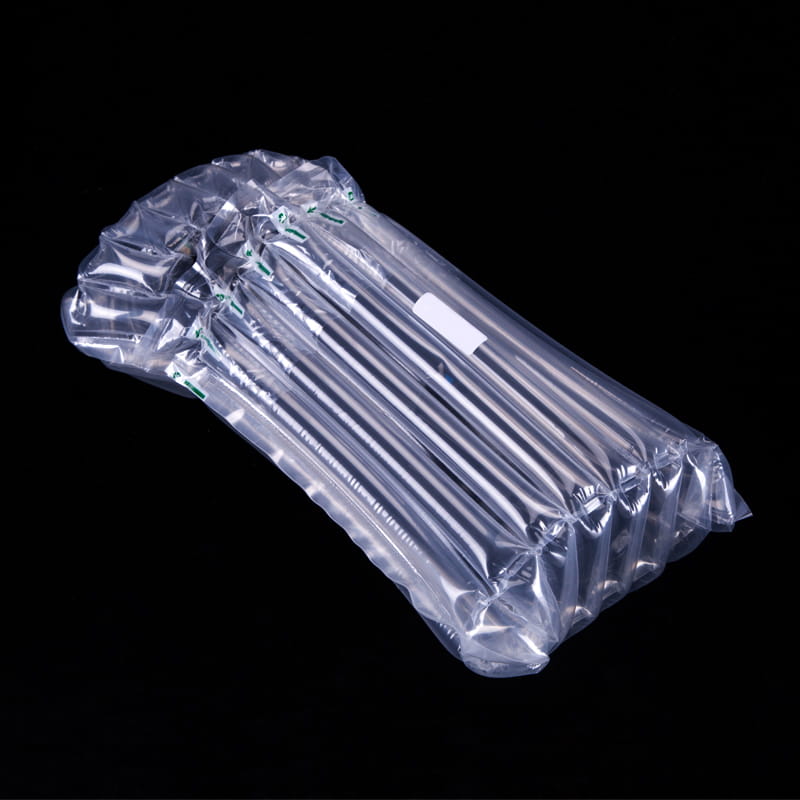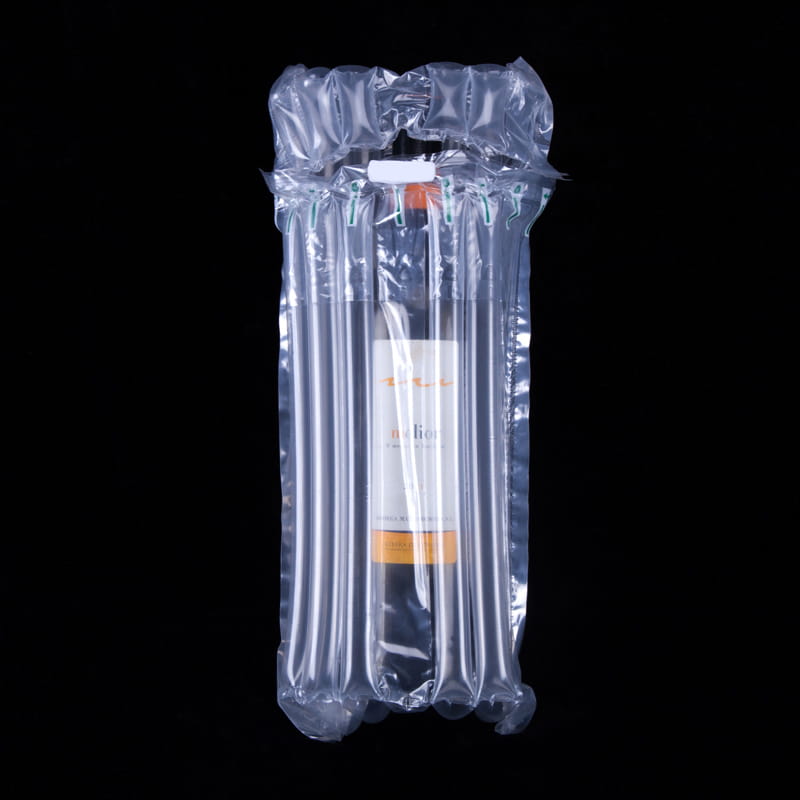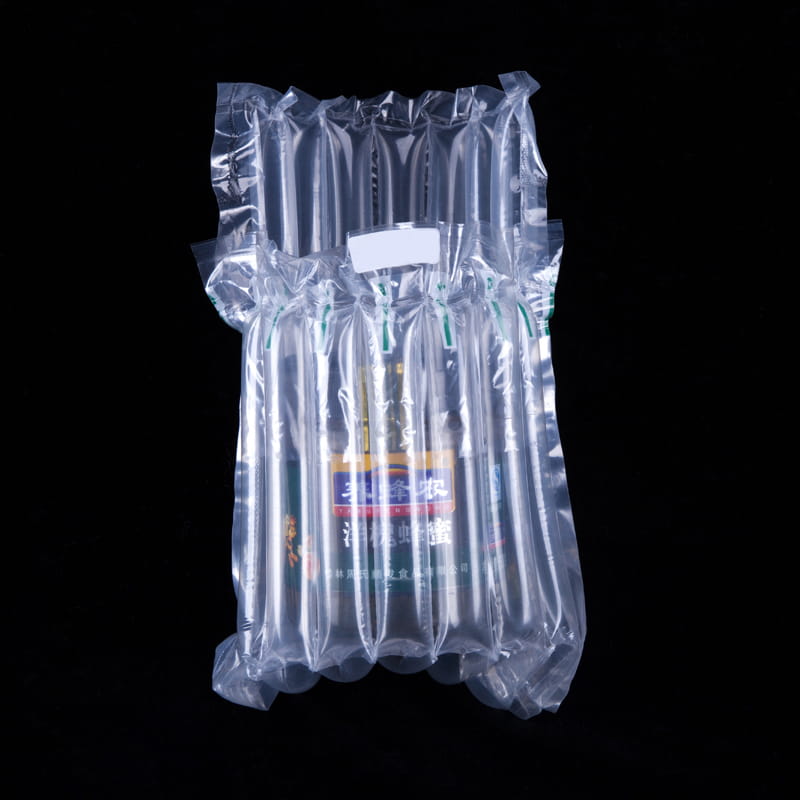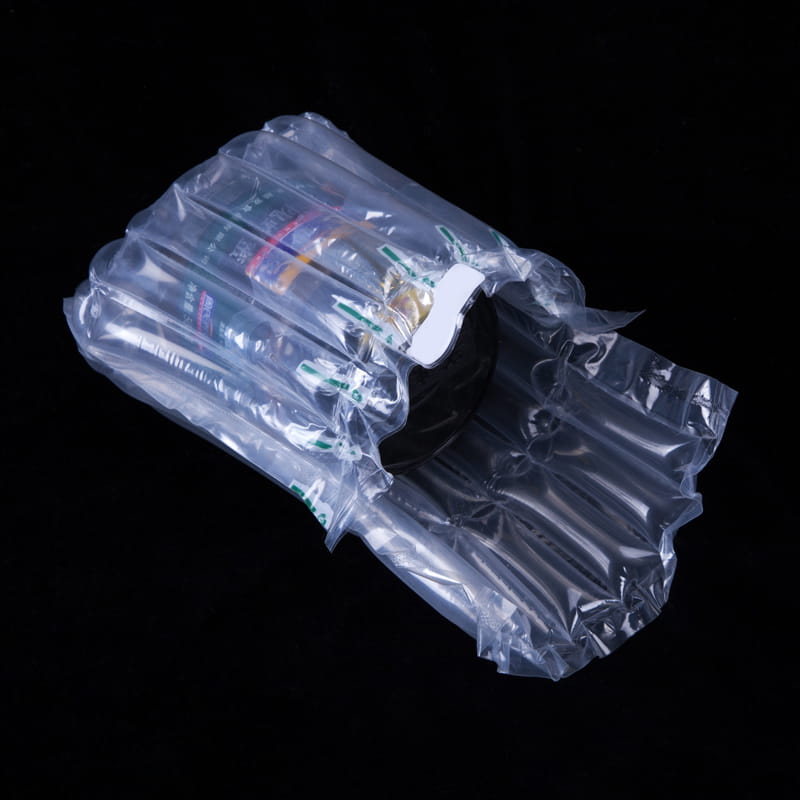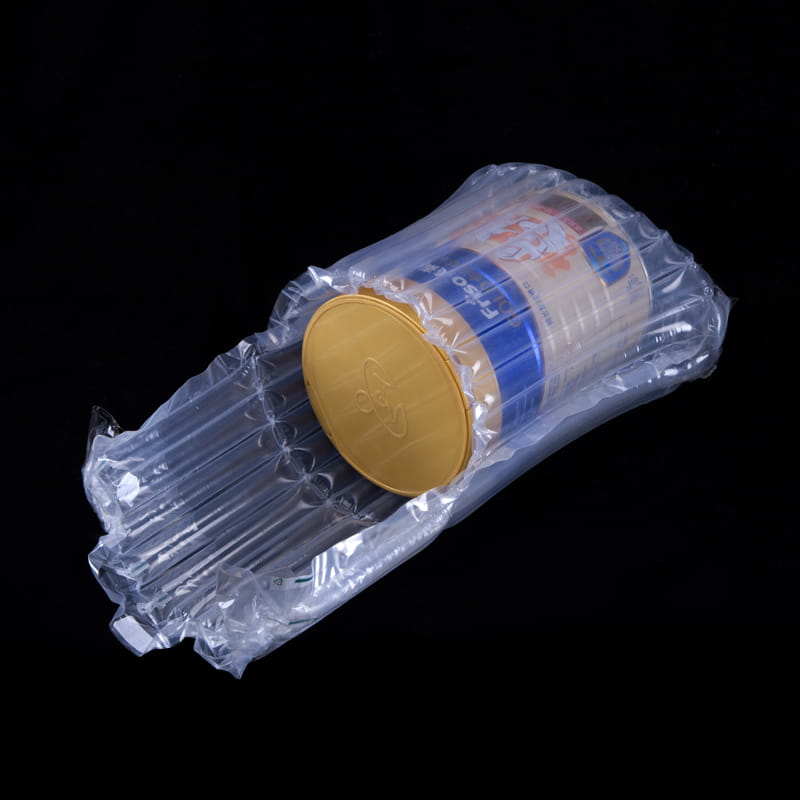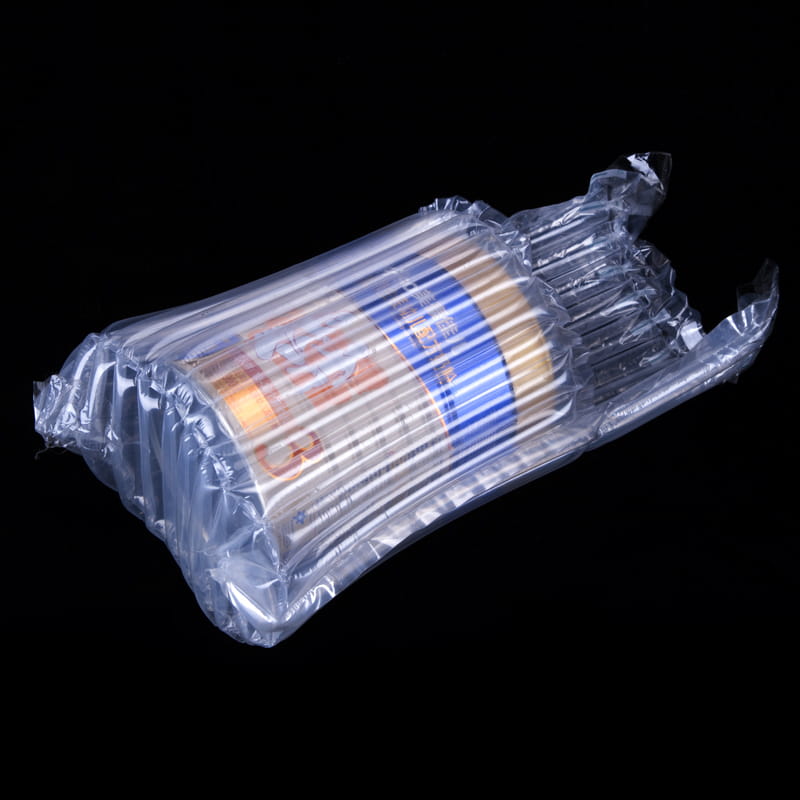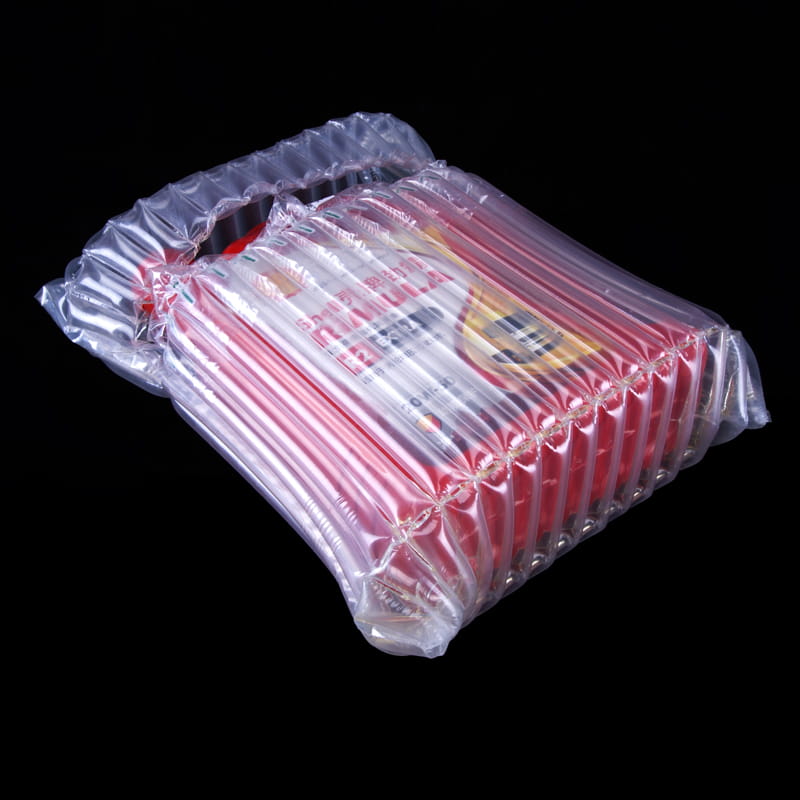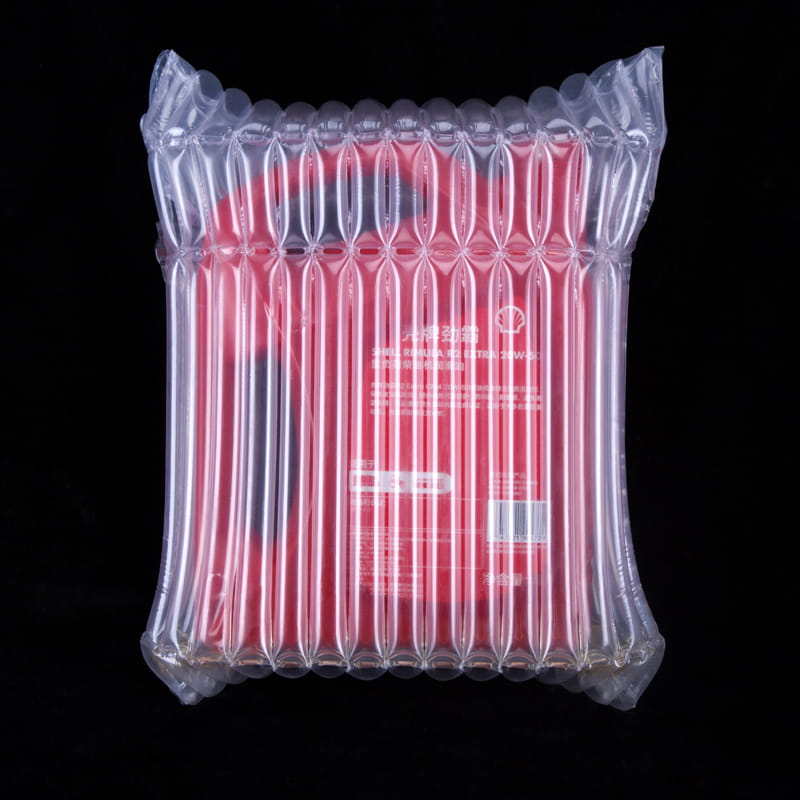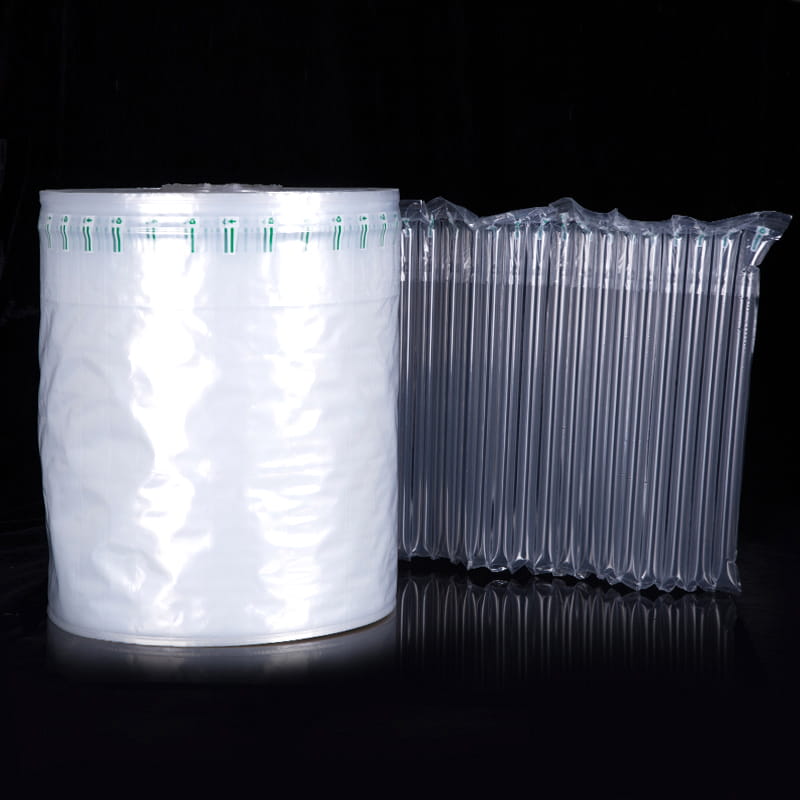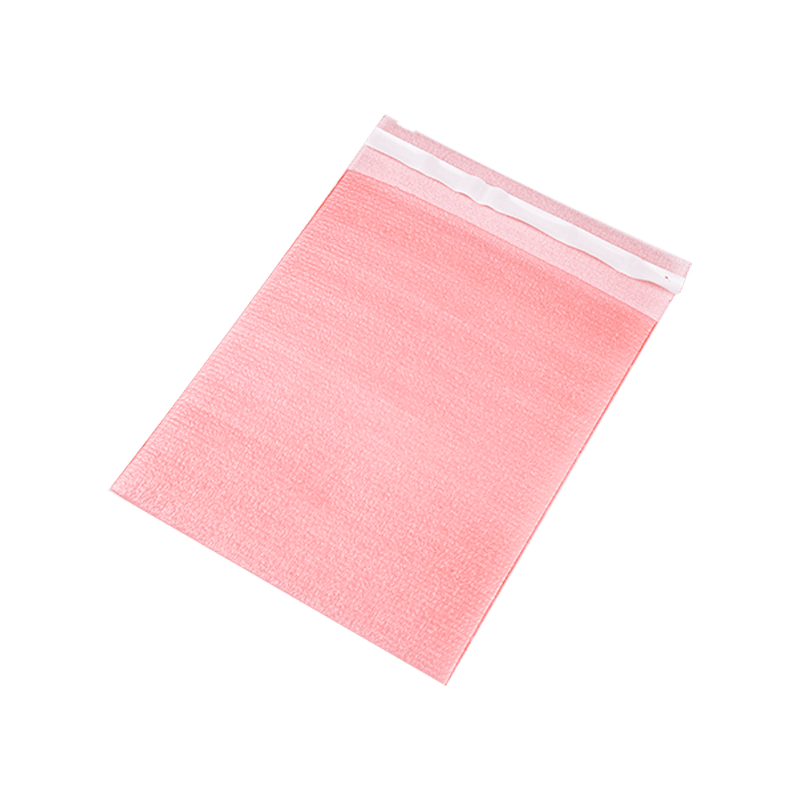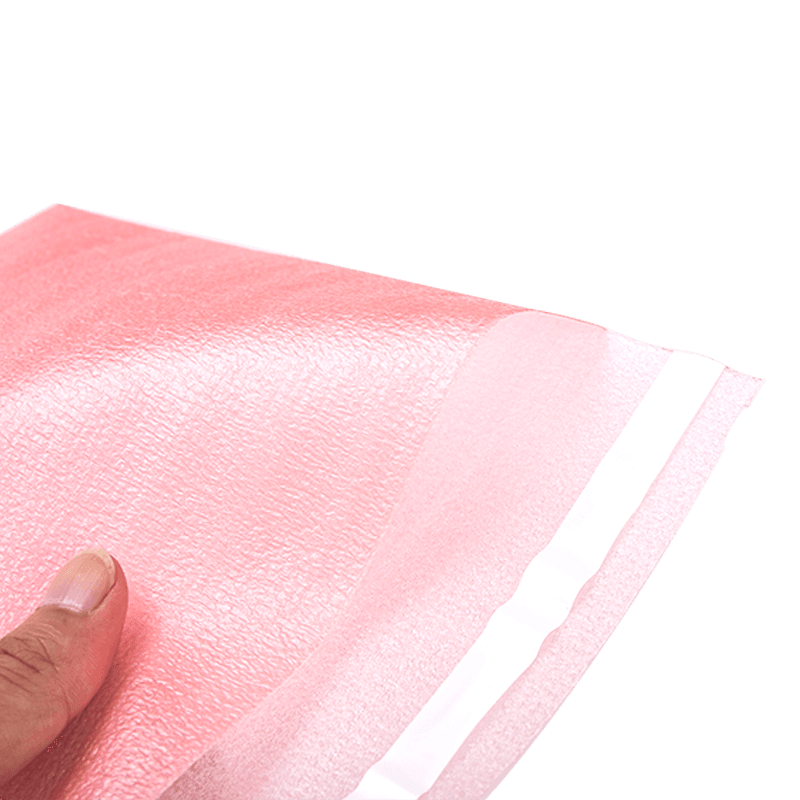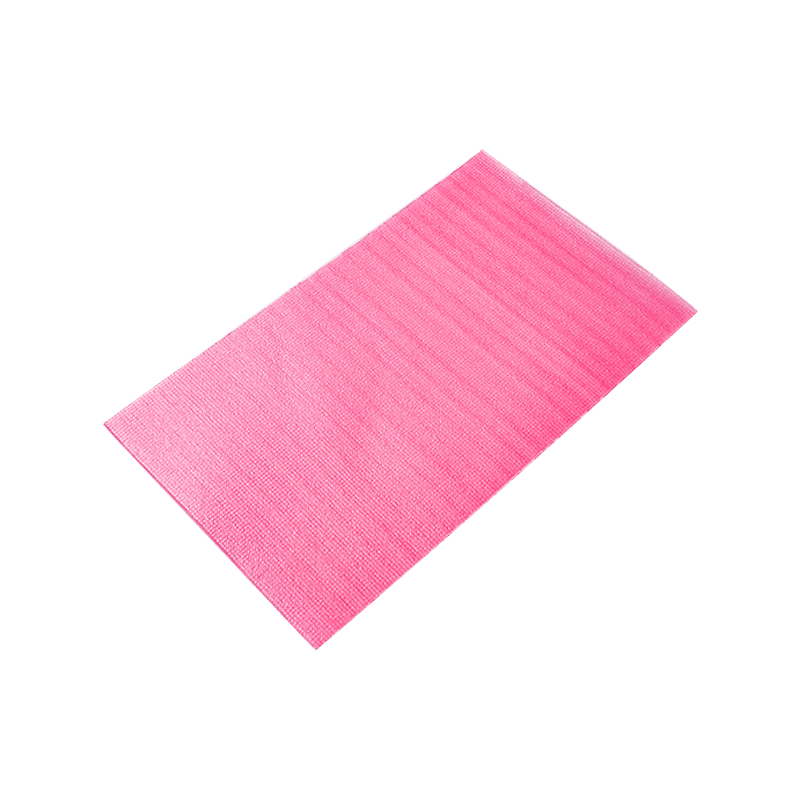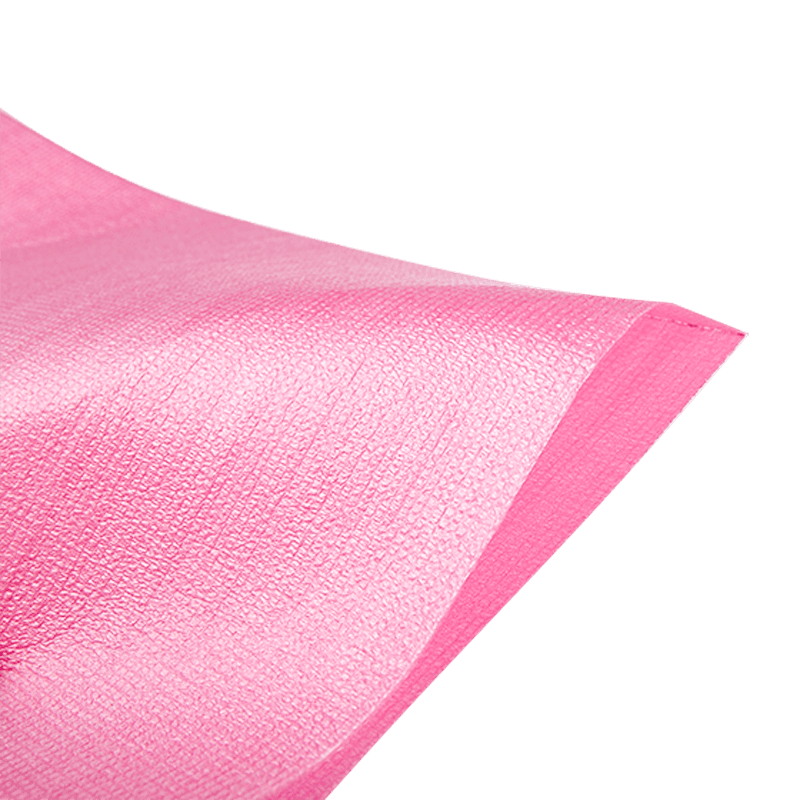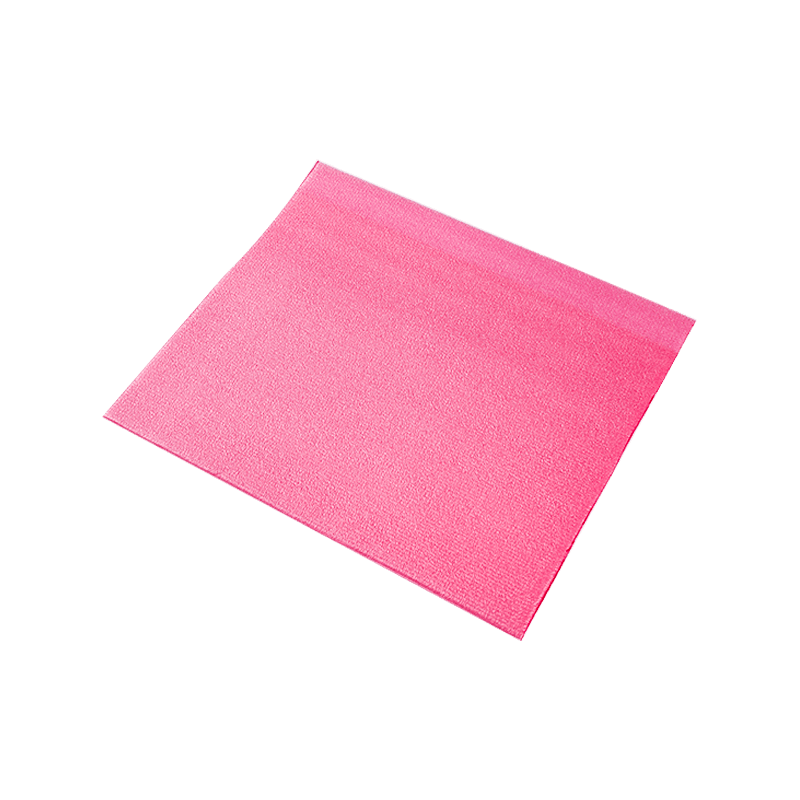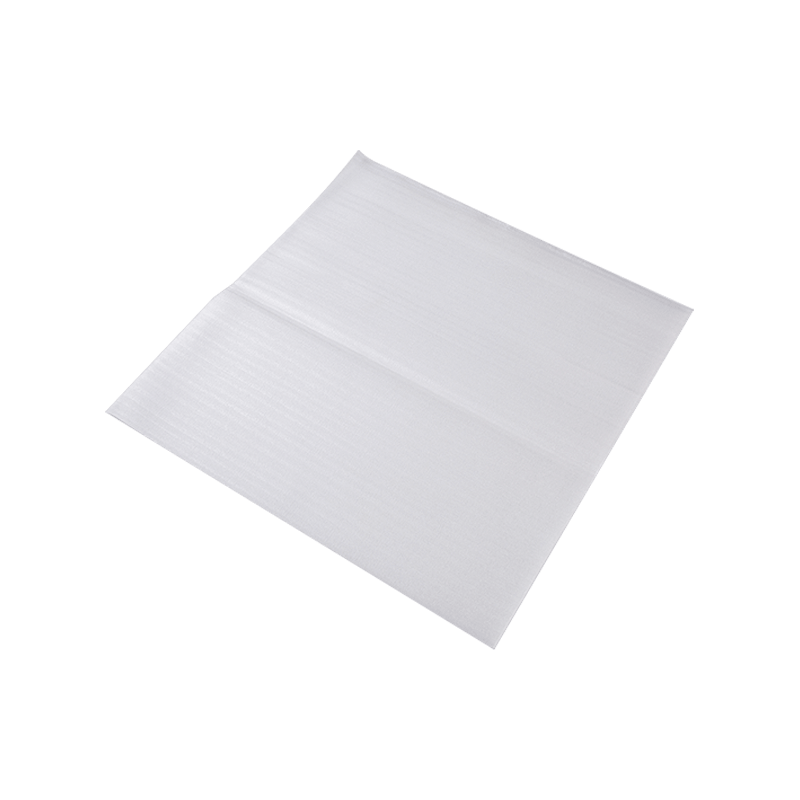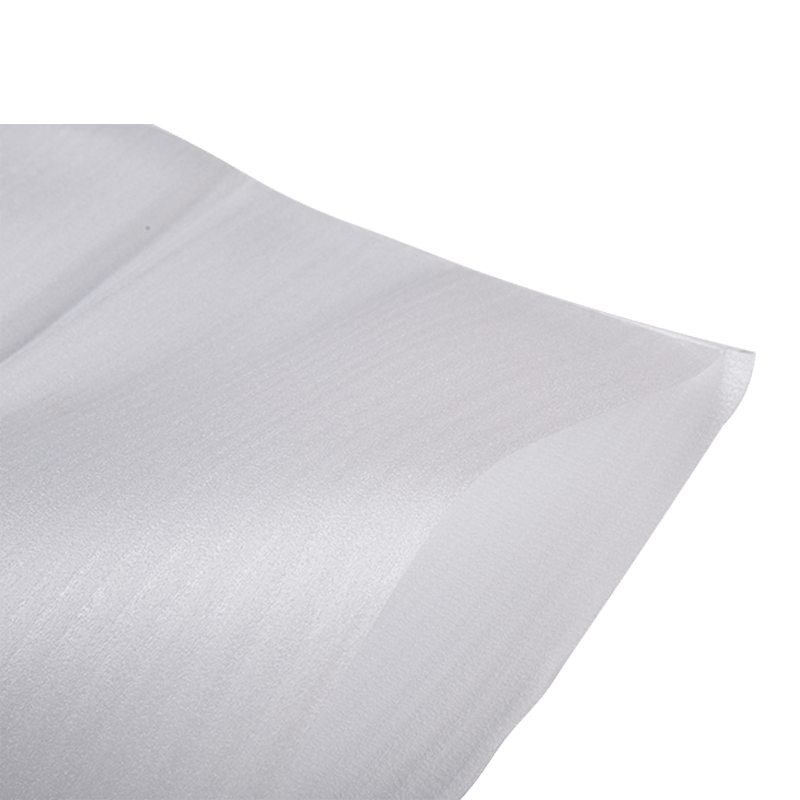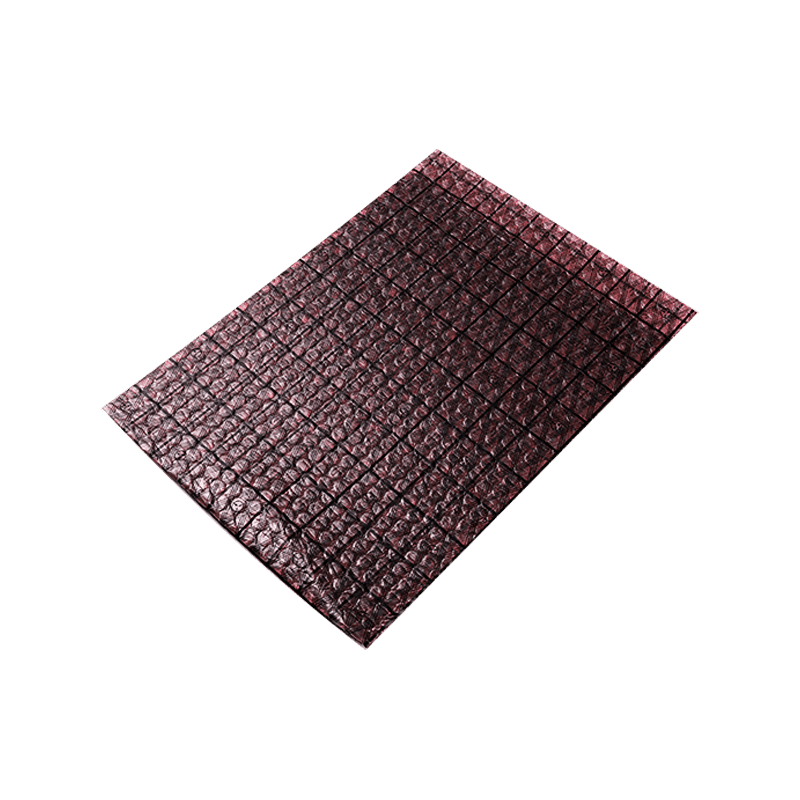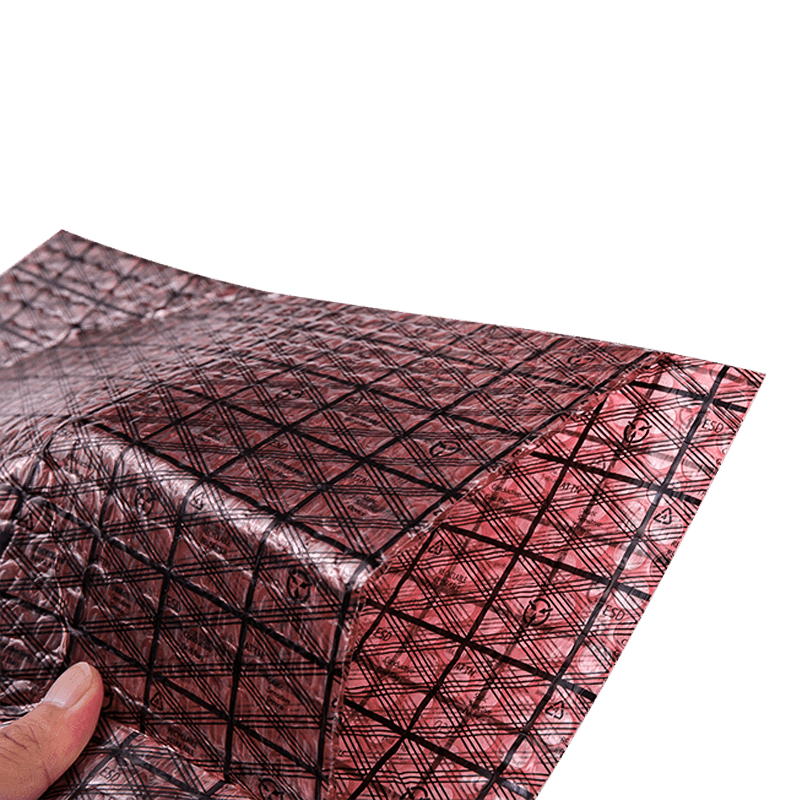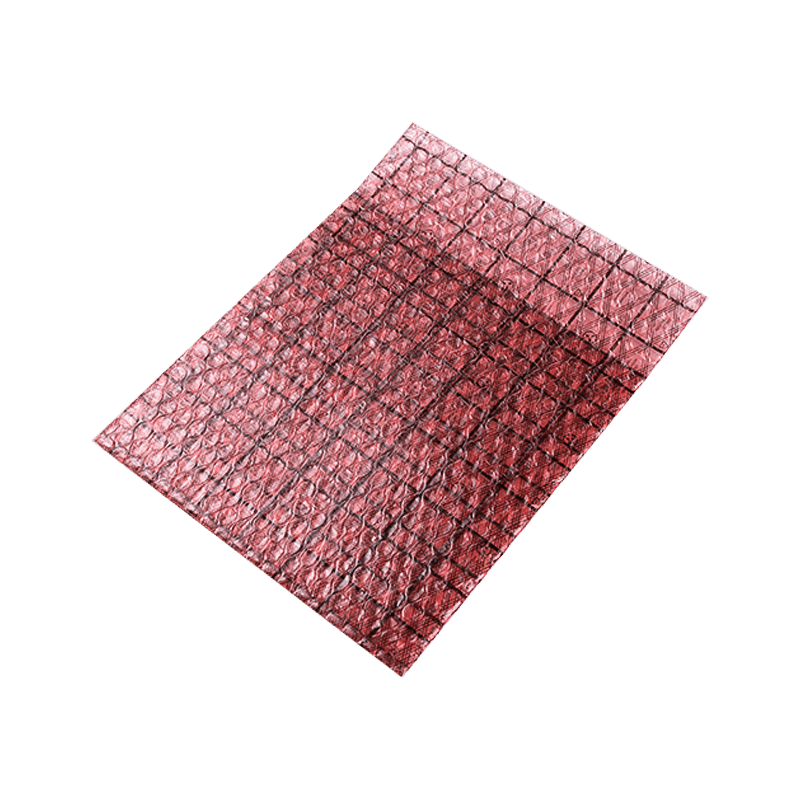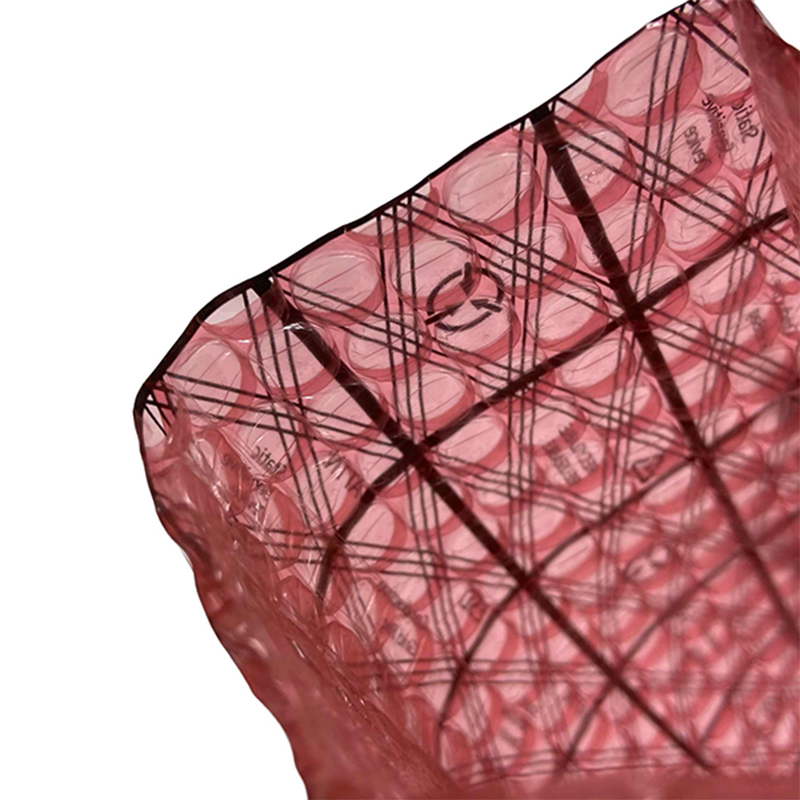Polyethylene (PE) bags have long been a staple in the realm of food packaging, renowned for their ability to preserve freshness and ensure safety. Understanding the properties of PE bags and how they contribute to their effectiveness in food packaging is crucial for producers, distributors, and consumers alike.
Moisture Barrier
One of the key attributes of PE bags is their exceptional moisture barrier. By forming a protective shield against water vapor, PE bags prevent moisture from seeping in or escaping from the packaging. This feature is particularly vital for perishable foods like fruits, vegetables, meats, and bakery items, where excess moisture can hasten spoilage and foster the growth of harmful microorganisms.
Oxygen Barrier
In addition to their moisture resistance, certain PE bags are designed with added barrier layers or coatings that act as barriers against oxygen. Oxygen is a primary catalyst for food deterioration, leading to oxidation, flavor degradation, and nutrient loss. PE bags that minimize oxygen exposure help extend the shelf life of food products, maintaining their freshness and quality for longer periods.
Chemical Inertness
Polyethylene is inherently chemically inert, meaning it does not react with food substances or impart any unwanted flavors, aromas, or harmful compounds. This ensures that the food remains safe for consumption without the risk of contamination or chemical leaching, enhancing both the safety and integrity of the packaged goods.
Flexibility and Sealability
The flexibility of PE bags allows them to conform to the shape of food items, reducing excess air inside the packaging and minimizing the risk of premature spoilage. Moreover, PE bags are easily sealable, whether through heat sealing techniques or convenient zipper closures, ensuring an airtight environment that preserves freshness and prevents external contaminants from entering.
Tamper Resistance and Transparency
Sealed PE bags provide a level of tamper resistance, safeguarding the contents and reassuring consumers of product integrity. Furthermore, many PE bags are transparent or translucent, allowing consumers to visually inspect the quality and freshness of the food before purchase, thereby enhancing trust and confidence in the product.
Regulatory Compliance and Versatility
PE bags used for food packaging are designed and manufactured to meet stringent regulatory standards and guidelines. These standards encompass food contact safety, migration of substances, and compliance with specific labeling requirements, ensuring that PE bags maintain the highest standards of safety and suitability for food packaging. Additionally, the versatility of PE bags allows for packaging a wide range of food products, including dry goods, liquids, frozen foods, and ready-to-eat meals, catering to diverse packaging needs within the food industry.